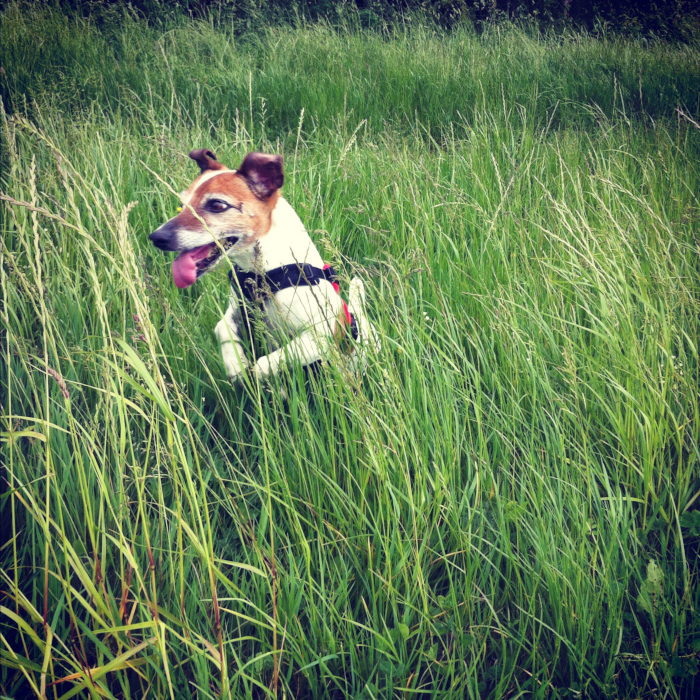What on Earth is the Vestibular Apparatus?
In a nutshell, the vestibular apparatus is the neurological equipment responsible for perceiving your body’s orientation relative to the earth (determining if you are upside down, standing up straight, falling etc.), which inform your eyes and extremities how they should move accordingly.
The vestibular apparatus allows us to walk, even run, on uneven ground without falling, helps us know when we need to right ourselves, and allows our eyes to follow moving objects without becoming dizzy.
|
There are two sets of receptors involved: one to detect rotational acceleration (tumbling or turning) and one to detect linear acceleration and gravity (falling and letting us know which direction is up and which is down). Both receptors are located in the middle ear.
Rotation is detected using the three semicircular canals as shown above. These canals contain fluid called endolymph, which moves as your head rotates. Tiny neurological hair cells project into this fluid and are stimulated by the flow. These hair cells are part of sensory nerves that carry the appropriate message to the cerebellum (part of the brain that coordinates locomotion) and to four vestibular nuclei in the brain stem.
Up and down orientation stems from small weighted bodies called otoliths, which are located within the utricle and saccule of the middle ear. These small otoliths move with gravity within a gelatinous medium, stimulating small hair cells as they move similar to the situation described above.
From these centers, instructions are carried by nerve cells to the legs, neck, and eye muscles so that we may orient ourselves immediately. The information about being upside down (or in some other abnormal orientation) is also sent to the hypothalamus (an area of the brain) so that we can become consciously aware of our position. The information is also sent to the reticular formation (another area of the brain – a sort of a volume control on our state of wakefulness. In this way, if we are asleep and start to fall, the vestibular stimulations would wake us up. This is also why rolling an anesthetized animal from side to side is used to hasten anesthetic recovery).
The Signs of Vestibular Disease
|
If there is trouble in the vestibular apparatus, then you may not properly perceive your orientation. To put it more simply, you won’t know which way is up, whether or not you are standing up straight or slanted, and you’ll feel dizzy.
The following are signs of vestibular disease:
- Ataxia (lack of coordination without weakness or involuntary spasms – in other words, stumbling and staggering around).
- Motion sickness.
- Nystagmus (back and forth or rotational eye movements. The movements will be slower in one direction. This is the side where the neurologic lesion is likely to be; however, nystagmus is named according to the direction of the fast component – i.e. there may be left nystagmus but the lesion is probably on the right side of the vestibular apparatus.)
- Circling (usually toward the side of the lesion).
- Head tilt (usually toward the side of the lesion).
- Falling to one side (usually toward the side of the lesion).
- Trouble with other nerves controlling the head and face.
Causes of Vestibular Disease
The most common causes of vestibular disease are:
- Middle ear infection
- Brain lesion
- Idiopathic (unknown)
For more info go to veterinarypartner.com


 Schedule an Appointment
Schedule an Appointment

